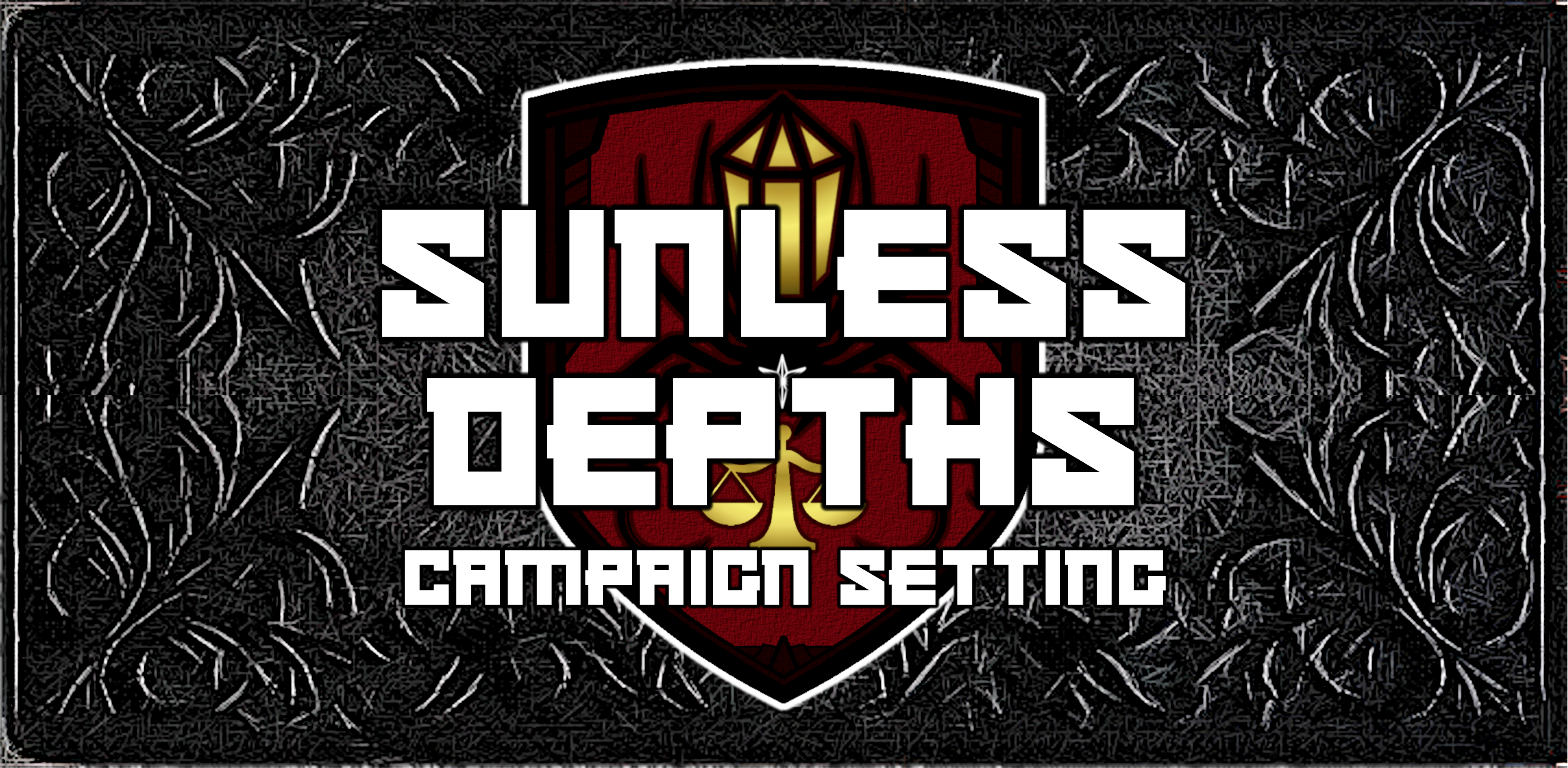Gender and Power
The culture of Styx traditionally had three genders: female (in Umbraen Elvish literally "Like the Goddess"), male (literally "Unlike the Goddess") and wyreth (with no literal meaning documented or remembered).
Within the social system of the Empire of Styx societal power was exclusively held by women who could be ordained as High Priestesses by the will of Serkatha.
Above them all stood the Tsarina Bogovna, the God Empress born in Serkatha’s shape and name.
Beyond just religious authority women also held all political power (in nobility) and in private life as the heads of households.
Men were deemed entirely unable to gain the blessing of Serkatha necessary to lead while wyren were deemed able to do so only if their expression of gender was close enough to womanhood to be “shaped like the Goddess”.
While women ruled supreme over society as a whole they also held the role of the bread winner among the working class.
Men and wyren amongst the working masses were expected to labor in the fields, do childcaring work and generally run the menial tasks in a household while a single woman, usually married to multiple men who she had children with, was the one in charge of delegating work, making important decisions and representing the family towards society as a whole.
Women were also expected to join the military and assume a trade much more than men whose role was seen primarily in the household and if necessary s assisting workers in traditional labor.
There was a great disparity between the working class and ruling class with noblemen being expected to primarily focus their lives on the arts and looking aesthetically pleasing while noblewomen made important diplomatic decisions and ruled the world.
The lower classes, of course, looked up to nobles and many working class men tried to emulate their superiors when possible.
When industry came to Styx working class men and wyren were expected to work as wage laborers even more while still being exclusively responsible for keeping their households running and holding no delegatory authority over it.
The Great Revolution rectified all of this in theory with non-women now having equal rights but in practice positions of power still tend to be overly staffed with women and many people still scoff at the idea of a male or wyreth leader.
In ancient times wyren are said to have held positions of spiritual guidance and mediation between women and men but the structuring of the Church of Serkatha made this practice fade into obscurity.
People who were assigned a male or female gender at birth and didn't identify with it were traditionally recognized as wyreth; some identified explicitly as male or female but weren't acknowledged as such for most of Stygian history.
It is only now that these people are starting to gain legal and social recognition as the gender they truly identify with, alongside those who identify as outside of the gender trinary and find no personal relation to any of its facets; such individuals are called non-trinary.
Within the social system of the Empire of Styx societal power was exclusively held by women who could be ordained as High Priestesses by the will of Serkatha.
Above them all stood the Tsarina Bogovna, the God Empress born in Serkatha’s shape and name.
Beyond just religious authority women also held all political power (in nobility) and in private life as the heads of households.
Men were deemed entirely unable to gain the blessing of Serkatha necessary to lead while wyren were deemed able to do so only if their expression of gender was close enough to womanhood to be “shaped like the Goddess”.
While women ruled supreme over society as a whole they also held the role of the bread winner among the working class.
Men and wyren amongst the working masses were expected to labor in the fields, do childcaring work and generally run the menial tasks in a household while a single woman, usually married to multiple men who she had children with, was the one in charge of delegating work, making important decisions and representing the family towards society as a whole.
Women were also expected to join the military and assume a trade much more than men whose role was seen primarily in the household and if necessary s assisting workers in traditional labor.
There was a great disparity between the working class and ruling class with noblemen being expected to primarily focus their lives on the arts and looking aesthetically pleasing while noblewomen made important diplomatic decisions and ruled the world.
The lower classes, of course, looked up to nobles and many working class men tried to emulate their superiors when possible.
When industry came to Styx working class men and wyren were expected to work as wage laborers even more while still being exclusively responsible for keeping their households running and holding no delegatory authority over it.
The Great Revolution rectified all of this in theory with non-women now having equal rights but in practice positions of power still tend to be overly staffed with women and many people still scoff at the idea of a male or wyreth leader.
In ancient times wyren are said to have held positions of spiritual guidance and mediation between women and men but the structuring of the Church of Serkatha made this practice fade into obscurity.
People who were assigned a male or female gender at birth and didn't identify with it were traditionally recognized as wyreth; some identified explicitly as male or female but weren't acknowledged as such for most of Stygian history.
It is only now that these people are starting to gain legal and social recognition as the gender they truly identify with, alongside those who identify as outside of the gender trinary and find no personal relation to any of its facets; such individuals are called non-trinary.


Comments